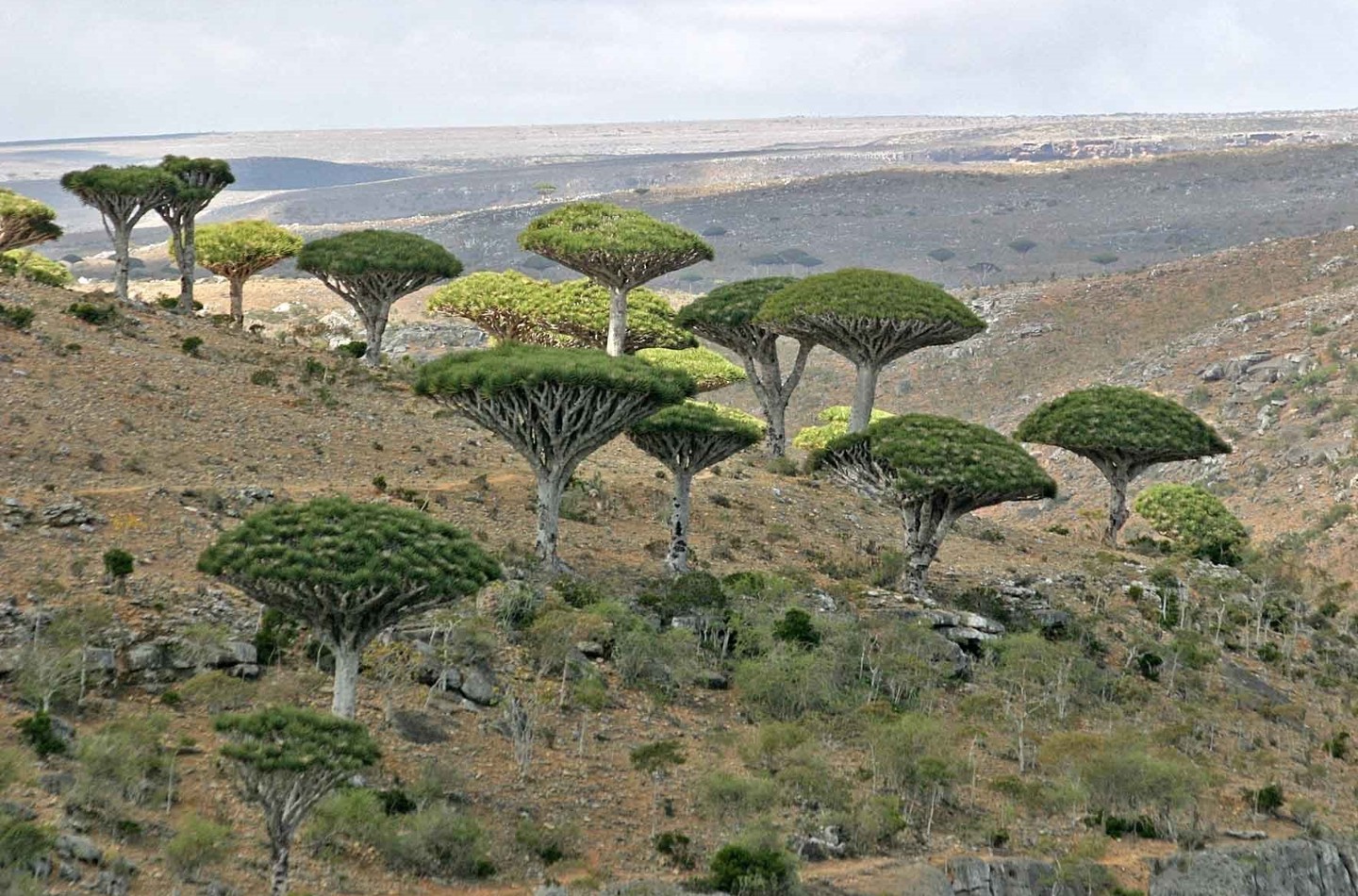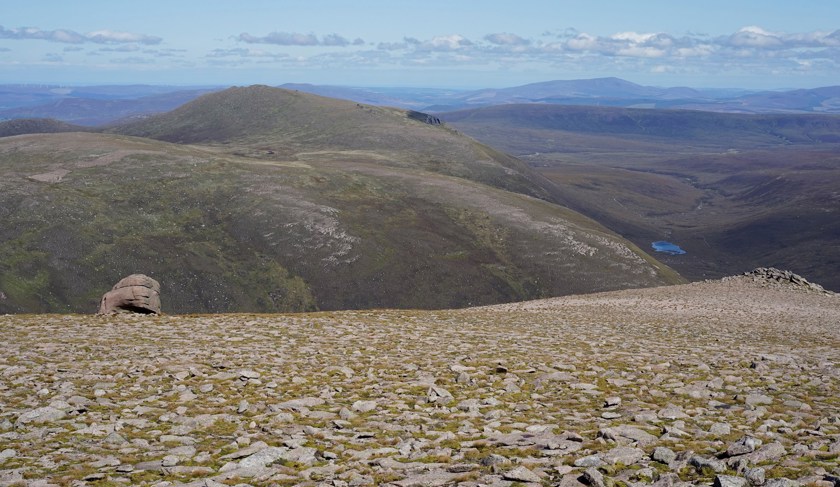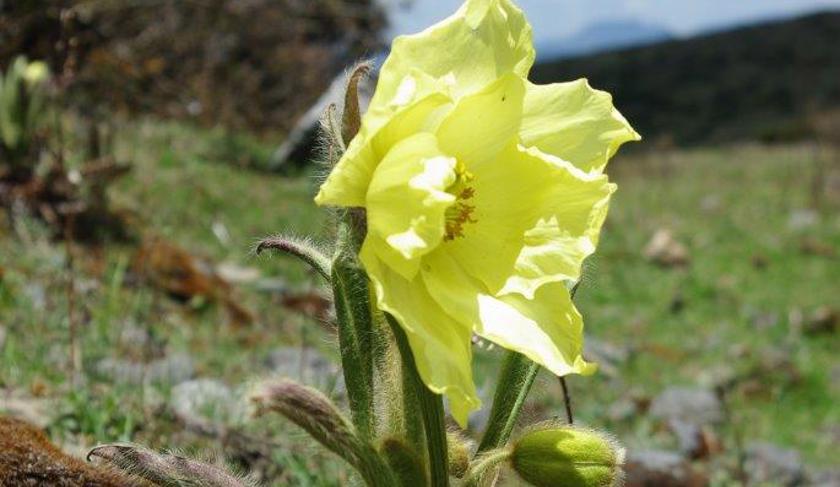
Climate emergency: the evidence
Evidencing the impact of climate change
We assess the status of plant and fungal species in climate-threatened landscapes, from snow-bed species in Scotland's Cairngorms National Park to the rhodendrons of the Himalayas. This enables us to monitor changes as the environment heats up and their habitats shrink, and to identify focal species and areas for protection.
Sometimes the smallest plants are the most important. So-called ‘cryptogamic crusts’ of bryophytes and lichens account for a substantial proportion of carbon capture and more than 50% of terrestrial nitrogen fixation, and Scotland is a hotspot for these vulnerable species. Our cryptogam research includes long-term monitoring, field sampling, translocation experiments, and statistical modelling, to understand how climate change is affecting their ability to survive, grow, and reproduce.

Vanishing habitats in the Cairngorms National Park
The same principle can be applied across the globe: our botanists document the identity, distribution, and conservation status of plant species in biodiverse and economically-important groups including forest trees, conifers, gingers, begonias, rhododendrons, the potato family, and grasses, so we can monitor threats and identify priorities for conservation. For example, our analysis of location data from herbarium specimens found that the elevation at which iconic Himalayan poppies (Meconopsis spp.) are found has shifted upwards by an average of over 300m since 1970. On the other side of the world, we are studying how climate change might impact upon coffee yields in Colombia, and therefore on the livelihoods of local farmers.

Meconopsis integrifolia in Yunnan, south-west China